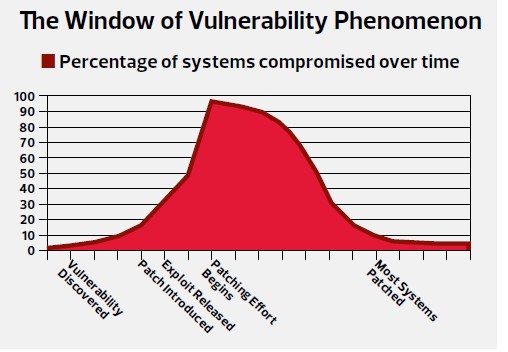First Name
City
State
Email Address
First Name
City
State
Email Address

Sign Up for Our
Informative
Newsletter

©2012 Networking Delaware, LLC


(302)
368-8630
Networking
Delaware
I.T. Services

Malware Discovery and Removal
It may sound self-serving, but you really should go to a professional, like Networking Delaware, for malware removal. It can often be a more daunting task then it first appears. There are many technical issues to be overcome for effective malware management, and if it isn't completely effective it is just a waste of time and a continued threat to your data.
For instance, have you ever removed an infection, just to have it come back the next time you start your computer? If so, you most likely have a rootkit or bootkit infection. These infectors can hide from the operating system and therefore from your anti-malware program. Normal removal procedures will never remove these infections. You may believe you are constantly getting re-infected, but the infection may not have been removed in the first place.
Here's a hint: Always disconnect your computer from the Internet before starting to remove malware. That way, if you find you are still infected after what is supposed to be a succussful cleaning, you know you have a rootkit/bootkit. You owe it to your data to Call Us at (302) 368-8630 for an estimate for removing a stubborn infection.
Malware has been a problem practically since computers were first developed. The first infectors were called viruses due to the way they replicated. They were mostly annoyances that displayed a message as in "Your computer is stoned!!!" or caused an action like the cascade virus that caused the letters you were typing to appear to fall to the bottom of the screen. These were written mostly by college students and others learning how to code or program whose motivation was to try and "one-up" their rivals.
Unfortunately, those days of relative innocence are gone for good. Today most malware is written by extremely skilled criminals. Their motivation is to steal as much money from as many people as possible... and they do.
I am often asked, "I have anti-virus software on my PC, yet I still get infected. Why?" There are several correct answers to this...
First, many times people will install an anti-virus product and then fail to update the signature files. These files contain the patterns that allow the Antivirus engines to detect infected files. New malware requires new pattern files.
Second, all antivirus products are not created equal. Some are just better than others... and some are much better than others. Also, in general you cannot expect the same effectiveness from a free version than you can from a paid version. Free is better than nothing as long as you don't count on it to protect you from all threats... it simply won't. In other words, don't let that free anti-malware program give you any degree of confidence.
Third, even if you have the very best antivirus made (no one product is best for every type of infection), there is still the lag time between when the virus is written and released, and when the signature file is developed and distributed. Infections incurred during this window of vulnerability are called zero-day infections however this is a misnomer; they probably should be called zero-week infections, if not longer.
The following graphic demonstrates the time-line from discovery of the vulnerability through the application of the antivirus signature file and ultimate removal of the infection.

Call Networking Delaware Today for Malware Protection Advice
(302) 368-8630